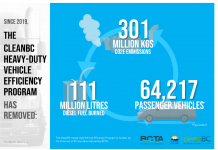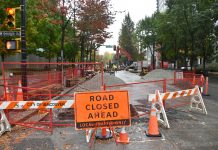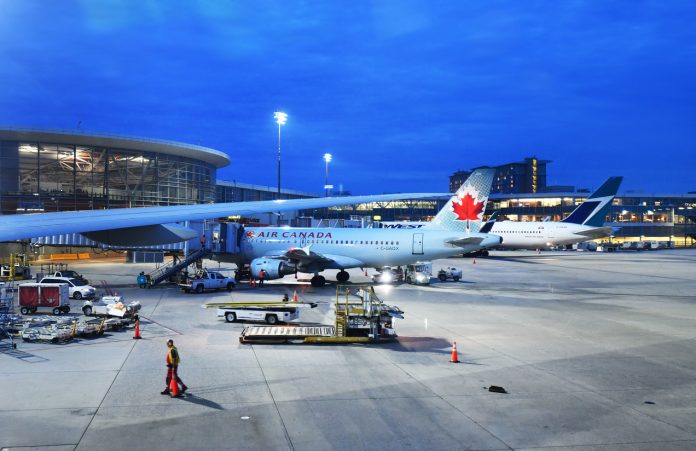This was the year the hard-hit Travel and Tourism industry hoped to get back on its post-pandemic feet. Hotels and restaurants have been scrambling to fill their rooms and seats. The hard-hit airline industry has been overwhelmed by a rapidly surging demand for air travel. This sudden explosion of flyers has caused bottlenecks at airports, lost luggage, and cancelled flights, leaving the airline industry struggling to keep up. The joys and excitement of air travel have been replaced by stress and disappointment. Suddenly the “friendly skies” are no longer so friendly.
Last week Air Canada admitted it is doing a poor job of providing the quality of service that its clientele demanded. In an effort to get a better handle on the mayhem, Air Canada announced last week that it was cutting 150 daily flights from its July and August schedule.
They are hoping that a reduced schedule will enable them to have adequate staff and aircraft to avoid having to cancel flights. Instituting these measures should lessen the bottleneck of passengers at main airports in the country who are struggling through security lines that may take many hours to pass through.
In an email to the airline’s customers, Air Canada’s CEO Michael Rousseau said a “surge in travel” has led to “unprecedented and unforeseen strains on all aspects of the global aviation system.” Saying that the company had concluded “with reluctance” that it needed to make “meaningful reductions” in its schedule to overcome “service shortfalls.”
“Most of the flights affected are to and from our Toronto and Montreal hubs,” says an Air Canada spokesperson. “These will be mostly frequency reductions, affecting primarily evening and late-night flights by smaller aircraft, on transborder and domestic routes. Our international flights are unaffected, with a few timing changes to reduce flying at peak times and even out the customer flow.”
15% of Air Canada’s 1,000 daily flights have been cut. Over the Canada Day weekend, Air Canada and Toronto Pearson Airport had the unenviable title of being the world’s most delayed airline and delayed airport. Over 65 percent of Air Canada flights were arriving late, according to the global flight tracking service FlightAware.
WestJet took proactive steps in March by cutting its schedule by 25% to 530 flights a day this summer instead of the more than 700 of two years ago.
The problem is equally troubling in the US, where carriers are slashing thousands of flights due to staffing issues. At many airports, overcrowding has left fuming and frustrated crowds in airport lobbies and waiting areas.
The airlines are facing a perfect storm of problems. A greater than expected surge of people wishing to travel. The inability to quickly restaff airline personnel has caused labour shortages and caused these flight cutbacks. Security lines have massive backlogs. Cancelled and delayed flights mean lost connections, which causes further delays and congestion inside airports. It is a vicious circle. Additional mayhem is being caused by an unheard amount of lost and missing baggage, at airports everywhere.
As if that wasn’t bad enough, airlines can’t find enough pilots to fill the cockpit. There’s a worldwide pilot shortage. American Airlines has just given its pilots a raise, the American offer will add around $2 billion in extra compensation to the airline’s 12,7600 pilots. Passengers will no doubt end up footing the bill.
British Airways has removed 650 flights from its summer schedule from London to main European cities. Brussel Airlines is cutting at least 700 flights with maybe more to follow.
Amsterdam’s Schipol airport, one of the world’s busiest and home to global airline power KLM is suffering an ongoing workforce brought on by demands for increased wages. Schiphol has been forced to limit the number of passengers per day to ensure smooth operations during the busy summer travel season. The airport said it would allow around 70,000 passengers daily, about 16%, or 13,500 seats per day fewer than the airlines had scheduled.
The irony is that airlines were finally hoping to make gains from the pent-up demand to travel post-pandemic. The passenger surge was there, but the infrastructure needed to support masses of travelers at airports was not. COVID restrictions and protocols slowed out-of-country travellers arriving on Canadian soil at our major international airports.
Airlines are also dealing with rising fuel costs. With travel demand high, travel flight costs are sure to rise. By cutting flights, airlines save on fuel costs, while keeping their airplanes full and ticket prices high. Following two long years of lost revenues, airlines are looking for ways to make profits.
Those in the know advise travellers to get to their departing airports as early as possible and check that their travel insurance covers trip cancellations, interruptions, and lost or stolen baggage. Carry less luggage if possible and take the earliest flights if there’s a choice.
For Canadian travellers, change is on the horizon. This past year Canada’s airline industry has seen a flood of new Low-Cost Carriers enter the marketplace (Swoop, LYNX, Canada JetLines, and FLAIR). They aim at the leisure travel market and hope to gain on the pent-up demand. Soon Porter Airlines will be undergoing a massive expansion of service across Canada and into the US and the Caribbean/Mexico.
Travellers, please fasten your seatbelt. We are expecting to experience some ongoing periods of flight turbulence!






















